There are many compelling reasons to decide to grow buddleia plants. (Buddleia davidii) in the garden. The first is its indisputable beauty that reaches its maximum level during the flowering season. Besides, Its flowers are extremely attractive to butterflies, so the biodiversity of the garden is promoted, since butterflies are pollinating insects. Lastly, the resistance and ease of cultivation of the buddleia will convince you. Get some specimens of this shrub and plant them in the garden. It will be a success.
110
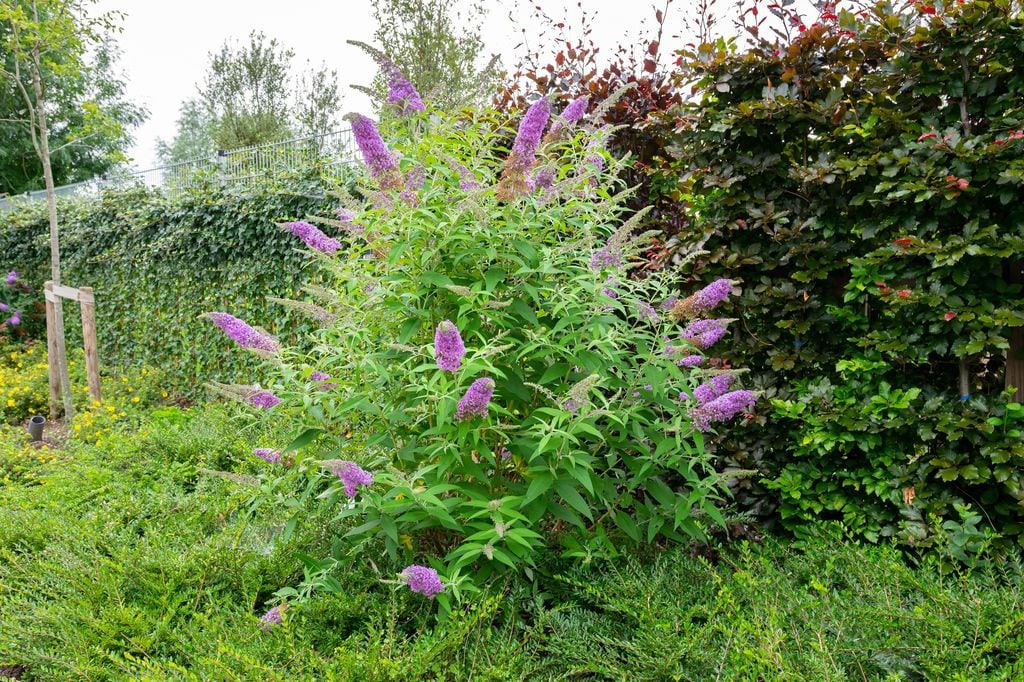 © AdobeStock
© AdobeStockA resistant shrub
The buddleia or butterfly bush is a plant that will not pose many problems or headaches when growing it in your garden. It is strong and resistant, so taking care of it will be easy and rewarding. It is a species that looks quite similar to the lilac or lilac. (Syringa vulgaris), especially in the shape and color of the flowers, similar in both cases.
It is a plant that grows quickly and without difficulty, so it can measure up to 5 meters in height. The buddleia is native to Asia and owes its name to its ability to attract pollinating insects, especially butterflies. Finding a space for it in the garden will be a sure success, given the wild beauty of its flowers.
210
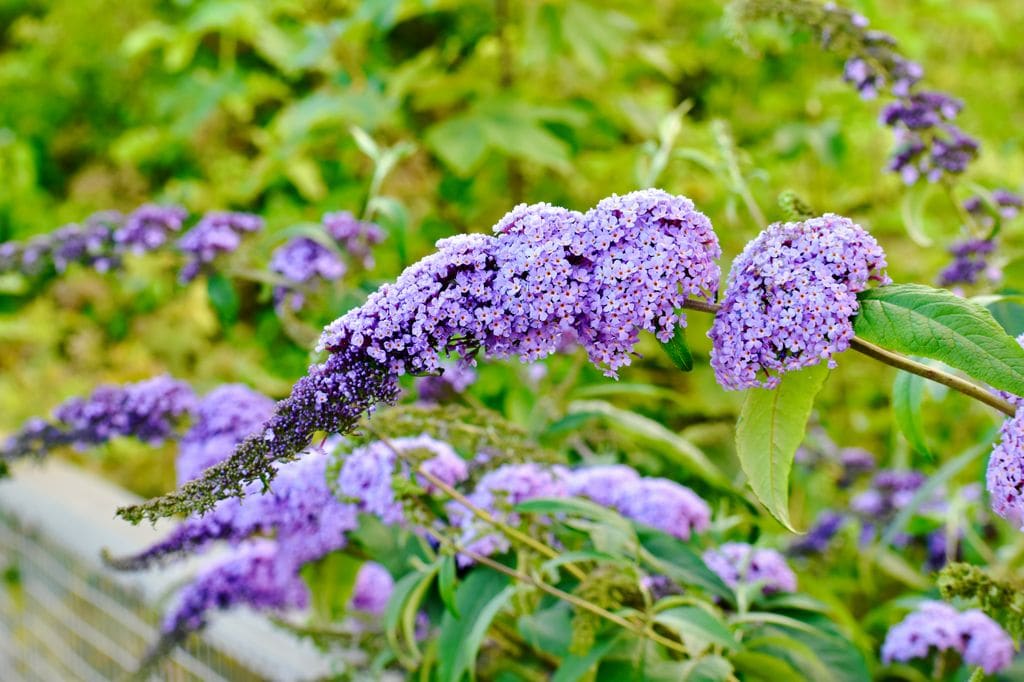 © AdobeStock
© AdobeStockcolor explosion
If there is one characteristic that we love about the buddleia it is, without a doubt, the spectacularity of its flowering. During the summer the plant is filled with lilac and mauve colors, although the flowers of the butterfly bush can also be white and pink. They are cluster or spike shaped and are made up of smaller flowers. In addition, they exude a special and pleasant aroma. For all these reasons, the flowering of the buddleia becomes quite an event in the garden.
On the other hand, thanks to the buddleia the environment is filled with butterflies that flutter around them, in addition to other pollinating insects. The result? The biodiversity of the garden improves and the plants spread with greater variety and ease in a natural way.
310
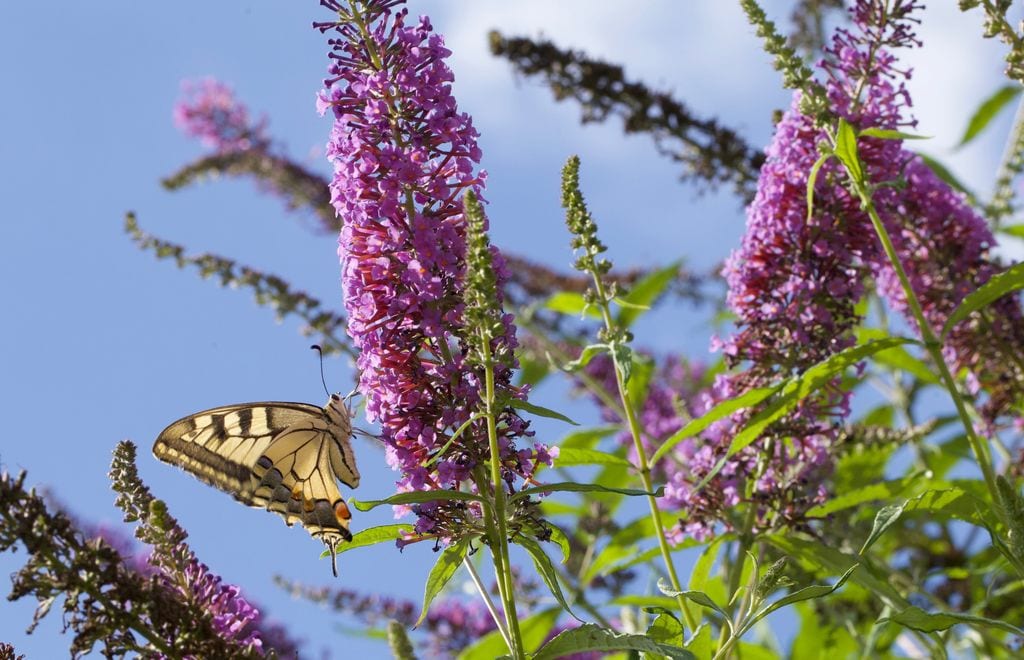 © AdobeStock
© AdobeStockSun and luminosity
This may be the buddleia’s greatest requirement when it comes to finding a suitable space in the garden. It is a plant with flower that needs to be in full sun, since otherwise it will not grow with the same vigor or bloom as abundantly. Place it in a bright area and you will see how easy it is for you to grow well and flower even better. At least, if it is not exposed to direct sunlight for a long time, you should ensure that it has enough natural light.
410
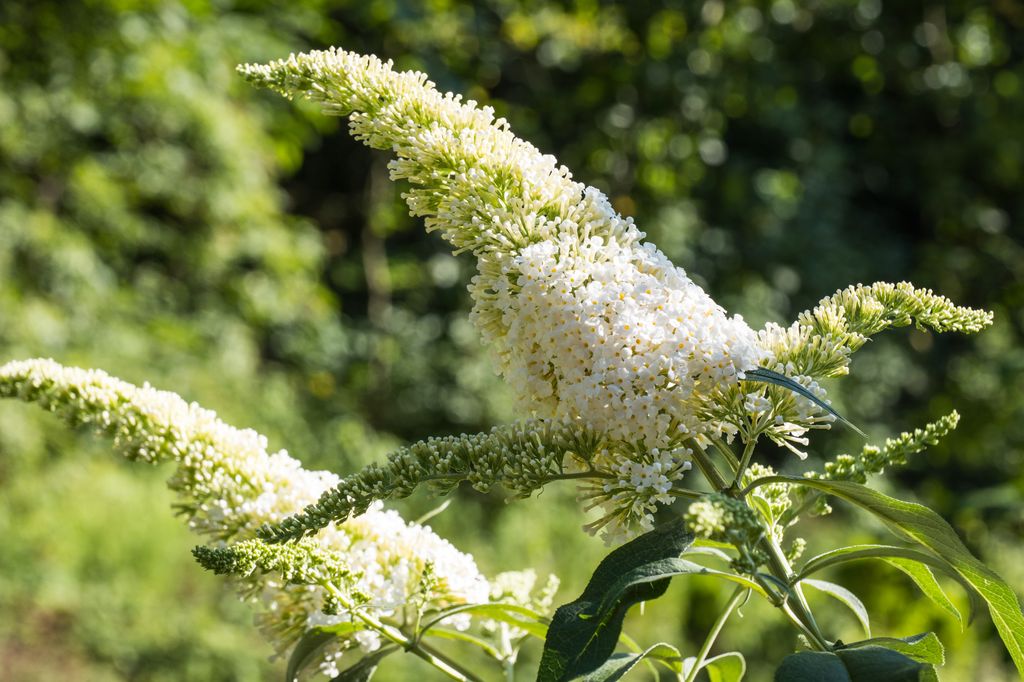 © AdobeStock
© AdobeStockCold or hot?
What does the butterfly bush prefer? Well, neither one nor the other when it comes to extreme temperatures. Buddleia likes medium temperatures and warm climates. Not even the intense cold not much heat. One of the climates in which this plant feels best is in areas with a Mediterranean climate, although it also grows perfectly in other types of more rigorous climates, due to its resistance and rusticity. If you live in inland areas, which are colder in winter, you can also grow buddleia in your garden.
510
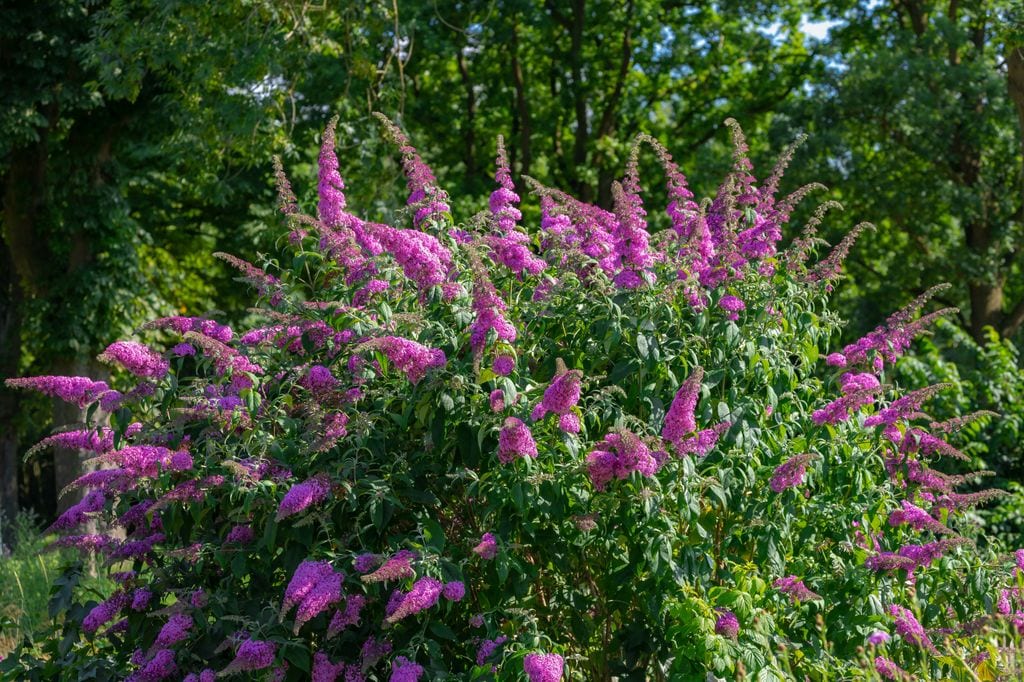 © AdobeStock
© AdobeStockThe irrigation schedule
To get it right when watering this curious plant, The pattern you establish must be regular. During the growth and flowering period, which coincides with the hottest months of the year, you should water it abundantly, preferably on alternate days. The rest of the year you can space out the water contributions more.
A tip: Although it likes to have enough water in the substrate, the buddleia is terrible at waterlogging, so you must be careful with Don’t overdo it when watering it.
610
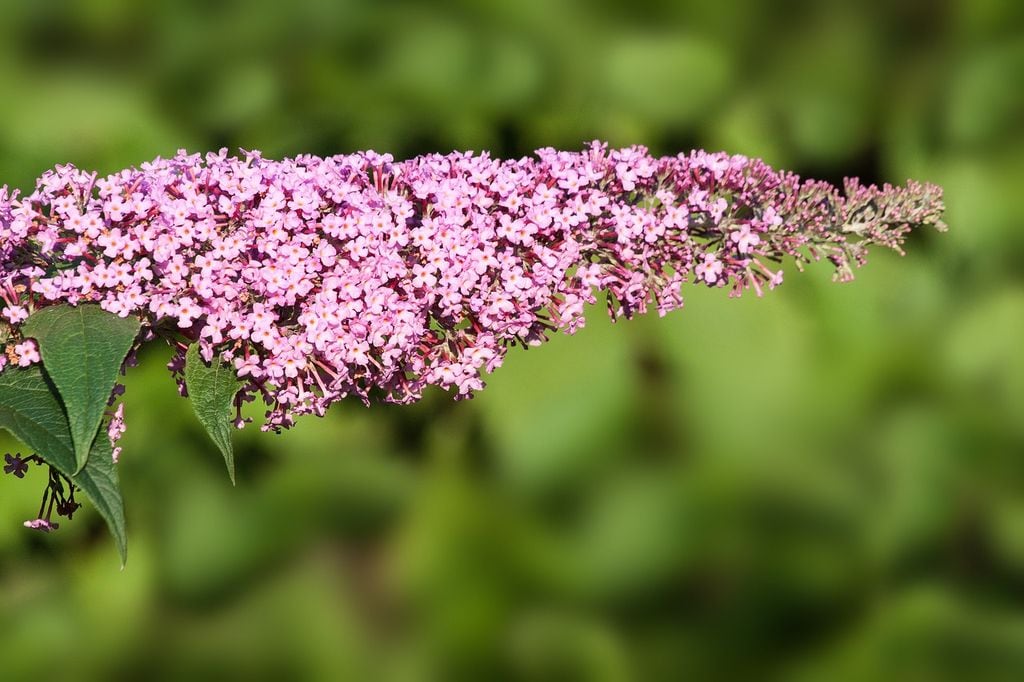 © Pixabay
© PixabayTake care of the subscriber
All plants benefit from a dose of energy in the form of fertilizer, and the buddleia was not going to be less. However, it is a somewhat special shrub when it comes to choosing the moment of fertilization. If the most common thing is to fertilize the plants in spring, during the time in which they develop the most, Buddleia likes to be fertilized in late summer and early fallbefore the winter vegetative rest occurs. When that time comes, add organic matter, such as worm castings, to the substrate to enrich the soil and fill it with nutrients. You can also use a specific fertilizer.
710
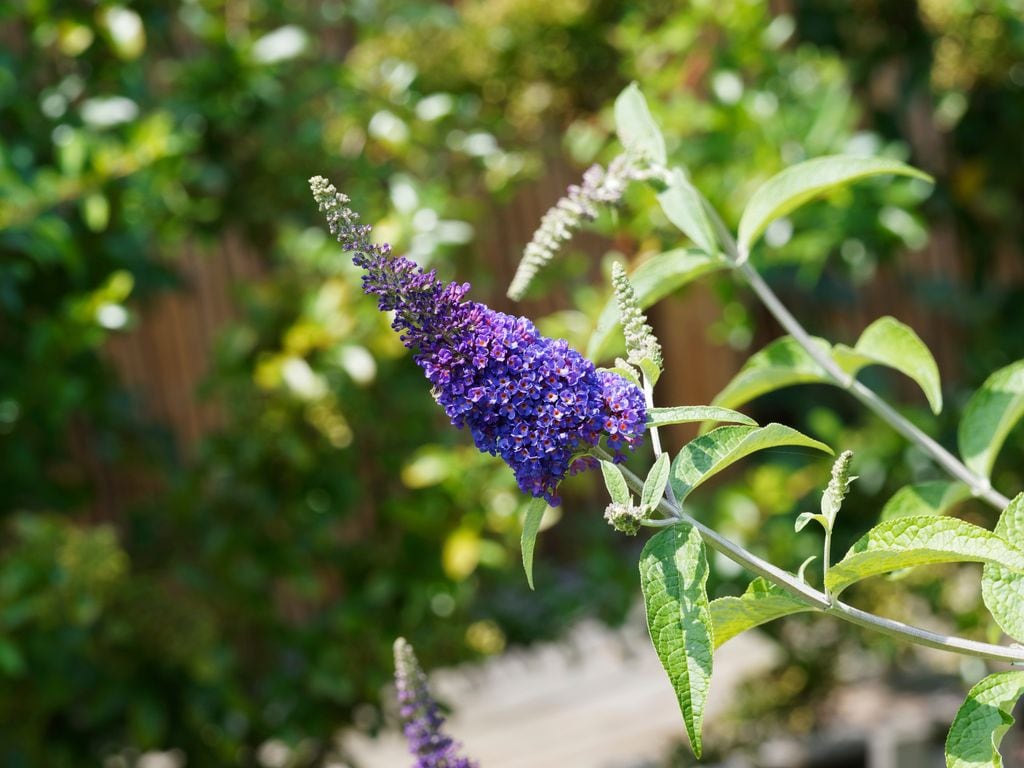 © AdobeStock
© AdobeStockPruning, a key task
Among the different care that the butterfly bush needs, pruning is one of the most important to keep it in perfect condition. It is best to trim its branches in early spring, before the growing period begins. In this way we manage to eliminate damaged branches. This pruning is for cleaning and training, since it also helps us control the growth of the plant and improve its shape.
If you think it is necessary you can lightly prune the buddleia in autumn, after flowering, to eliminate wilted flowers and stimulate the production of new specimens during the next spring.
810
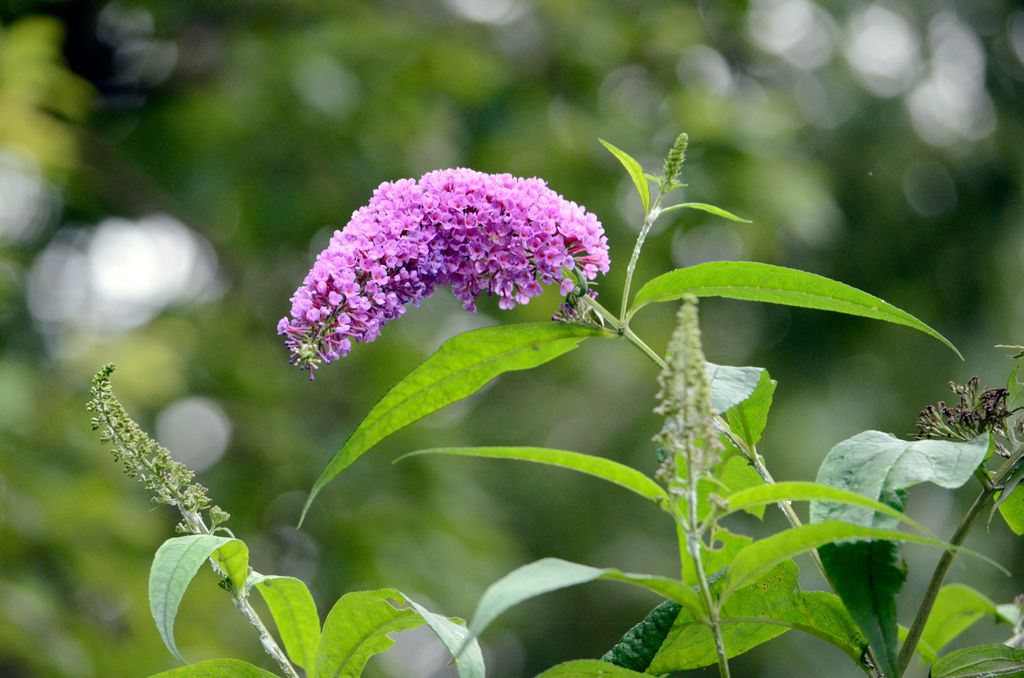 © AdobeStock
© AdobeStockHow to multiply buddleia
After getting to know this wonderful plant a little better, you will surely want to plant more specimens in the garden. For that you just have to multiply it, for which There are different effective methods. The most common is that of the propagation by cuttings, which consists of cut diagonally stems of about 15 or 20 cm in length (without flowers), remove any leaves from the lower two-thirds, coat them in rooting hormone and plant them in a pot with substrate and organic matter.
Next you will have to Water the pot very well and place it in a bright place, but without direct sun. Do it between June and the first half of August. Even if it seems hot, you should protect your cuttings with a makeshift greenhouse. Stick two sticks into the pot on both sides of the cutting and cover with transparent plastic that allows light to pass through. It is important to lift the cover and air it every two or three days to prevent mold from appearing. You will also have to water the cuttings regularly and transplant them to the garden soil in autumn, when they have grown up.
910
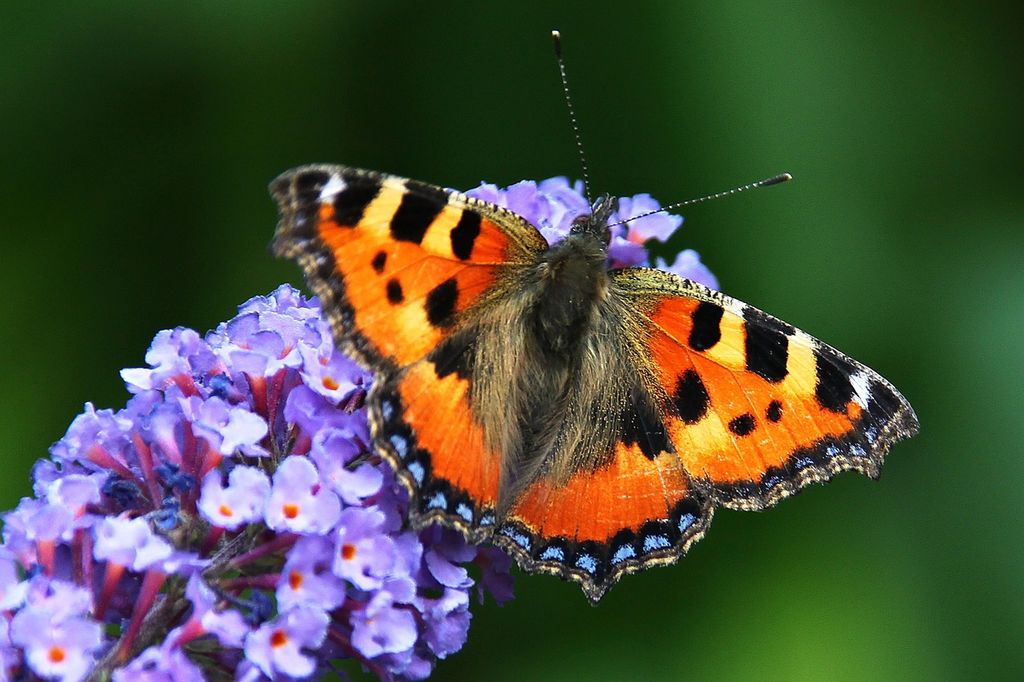 © Pixabay
© PixabayPropagation by seeds
Although it requires more time and patience, it also you can multiply buddleia by sowing its seeds in a pot or directly in the garden soil. If you decide on this option, leave some withered flowers on the plant, without cutting them, until the seeds form. Then collect them and store them in a cool, dry place during the winter, until it is time to plant them. That will be in March or April. If you plant them in a pot, with the appropriate substrate, you will have to transplant them into the garden soil when the seedlings are large enough.
1010
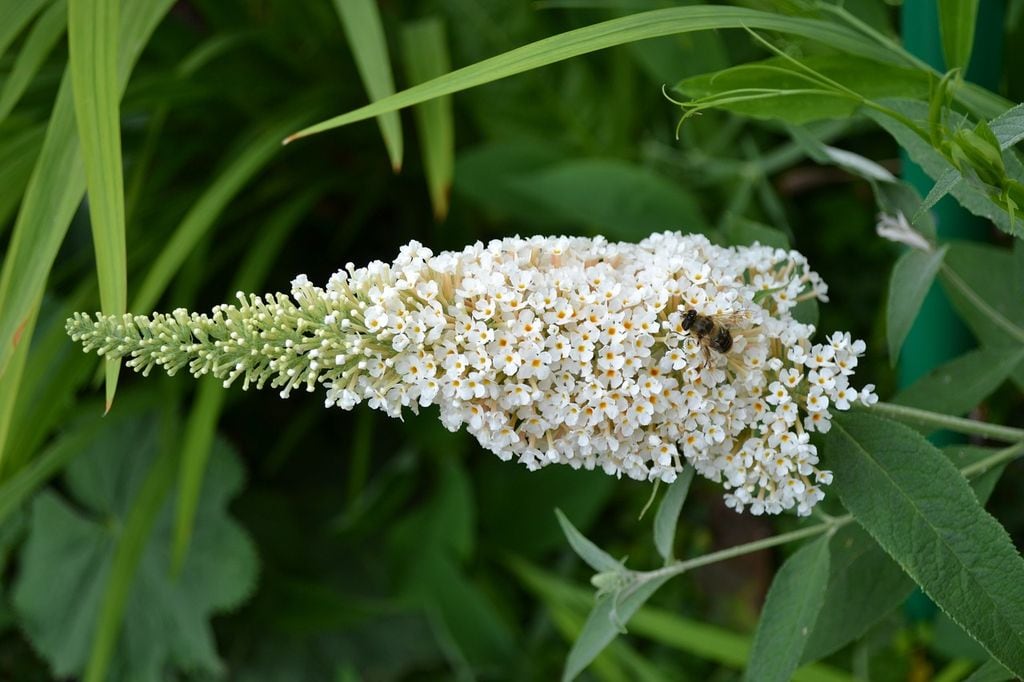 © Pixabay
© PixabayPests and diseases
The butterfly bush is strong and resilient, but It will be more sensitive to pest attack. That is why you must remain alert to act at the first sign you detect of the appearance of a harmful insect. Buddleia is especially affected by aphids and red spiders. As soon as you see signs of their presence you should apply an acaricidal insecticide to combat them ruthlessly.
To the plant too You can be affected by fungi that cause certain fungal diseases. like mildew and rust. Control excess watering to avoid waterlogging that favors the appearance of these diseases. The plants should be spaced out on the ground to maintain good aeration around them.


